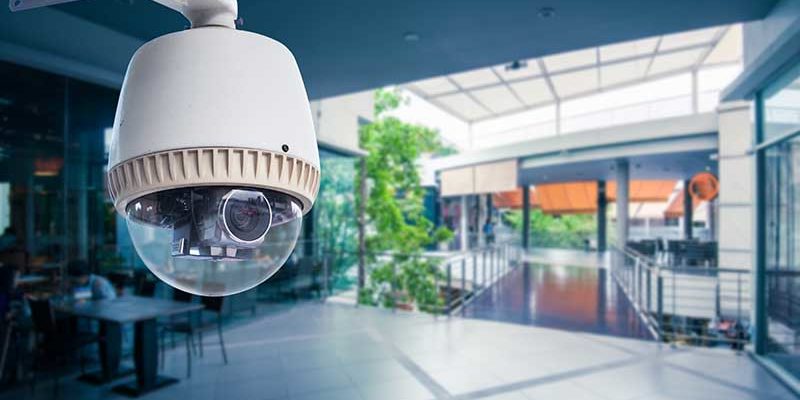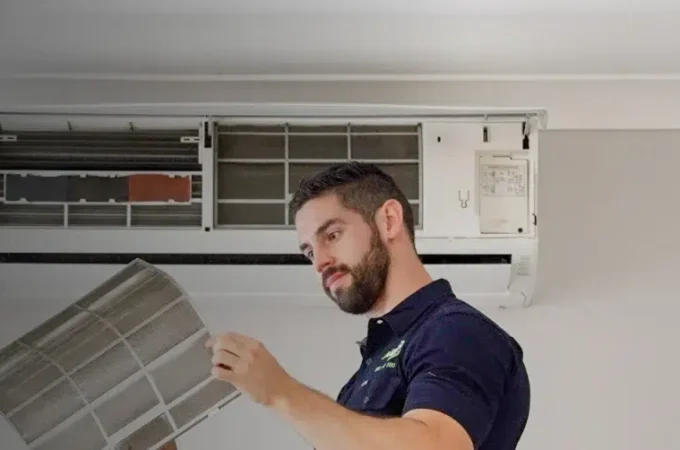
Understanding the Layers of Security for Residential and Commercial Properties
As our world becomes increasingly interconnected, the importance of robust security measures for both residential and commercial properties has never been more paramount. From traditional locks to cutting-edge digital systems, property owners have a myriad of options to ensure the safety of their space. This guide will navigate you through the layers of security available, helping you make informed decisions about the protection of your assets and loved ones.
The Foundations of Physical Security
Traditionally, when people thought of property security, it revolved around physical barriers. These remain crucial in any comprehensive security plan:
Locks and Deadbolts:
The first line of defense. Whether it’s for the main entrance, internal doors, or windows, quality locks are essential. It’s here where a professional locksmith can offer invaluable advice, ensuring you choose and maintain locks suited to your property’s specific needs.
Gates and Fences:
Especially relevant for larger properties and commercial spaces, a sturdy fence or gate acts as a deterrent, creating a clear boundary between public and private spaces.
Security Bars and Grills:
For vulnerable access points, like ground-level windows, these provide an additional layer of physical protection.
The Rise of Electronic and Digital Security
With technological advancements, electronic and digital solutions have added nuanced layers to property security:
Security Alarm Systems:
These systems can detect unauthorized access and typically comprise sensors placed at various entry points. When triggered, they can sound an alarm and, in advanced setups, notify the property owner or a security company.
Surveillance Cameras:
CCTV systems act as both a deterrent and a means of gathering evidence. With features like motion detection, night vision, and live-streaming capabilities, they offer real-time insights into property surroundings.
Access Control Systems:
Often used in commercial settings, these systems regulate who can access particular areas. Solutions range from keycard systems to biometric access controls like fingerprint or retina scanning.
Smart Security:
Integrated home or office automation systems can connect various security components, allowing property owners to monitor and control them remotely via smartphones or computers.

The Power of Lighting
Never underestimate the role of lighting in security:
Perimeter Lighting:
Well-lit exteriors can deter potential intruders, eliminating hiding spots. Motion-activated lighting can be especially effective, startling anyone approaching the property unexpectedly.
Internal Lighting:
Using timers or smart systems to simulate activity within a property, especially when it’s vacant, can be a simple but effective deterrent.
Layering with Security Personnel
In certain commercial contexts, or high-risk residential areas, security personnel become an invaluable layer:
Security Guards:
Their physical presence alone can deter potential wrongdoing. They can also conduct regular patrols, monitor surveillance, and respond to alarms.
Concierge Services:
In upscale residential buildings or certain businesses, a concierge adds a layer of access control, ensuring only authorized individuals gain entry.
The Importance of Regular Assessments and Updates
Like all things, security measures can become outdated. Regular assessments, whether done independently or with the aid of professionals, ensure that systems are functioning optimally and that there are no new vulnerabilities.
Routine Checks:
This involves testing alarms, checking physical barriers for wear and tear, and ensuring digital systems are updated to protect against new threats.
Staying Informed:
The world of security is always evolving. Keeping abreast of new technologies and threats ensures you remain proactive in your property’s protection.

The Role of Community and Neighborhood Watch
Finally, never discount the power of community. Neighbors looking out for one another creates an environment where unusual activities are quickly noticed and reported:
Building Relationships:
Know your neighbors or neighboring businesses. Regular communication can foster an environment of mutual care and vigilance.
Formal Watch Programs:
These community-driven initiatives can liaise with local law enforcement, providing education and organizing regular patrols or meetups.
The safety of our spaces, be it our homes or places of work, is a multi-faceted endeavor. It requires a blend of traditional physical barriers, the latest in electronic and digital solutions, and the power of community vigilance. Whether you’re starting from scratch or looking to upgrade, remember that security is most effective when layered. And, while it may seem daunting, enlisting the help of professionals, like a trusted locksmith or security consultant, can simplify the journey, ensuring peace of mind and a fortified property.




